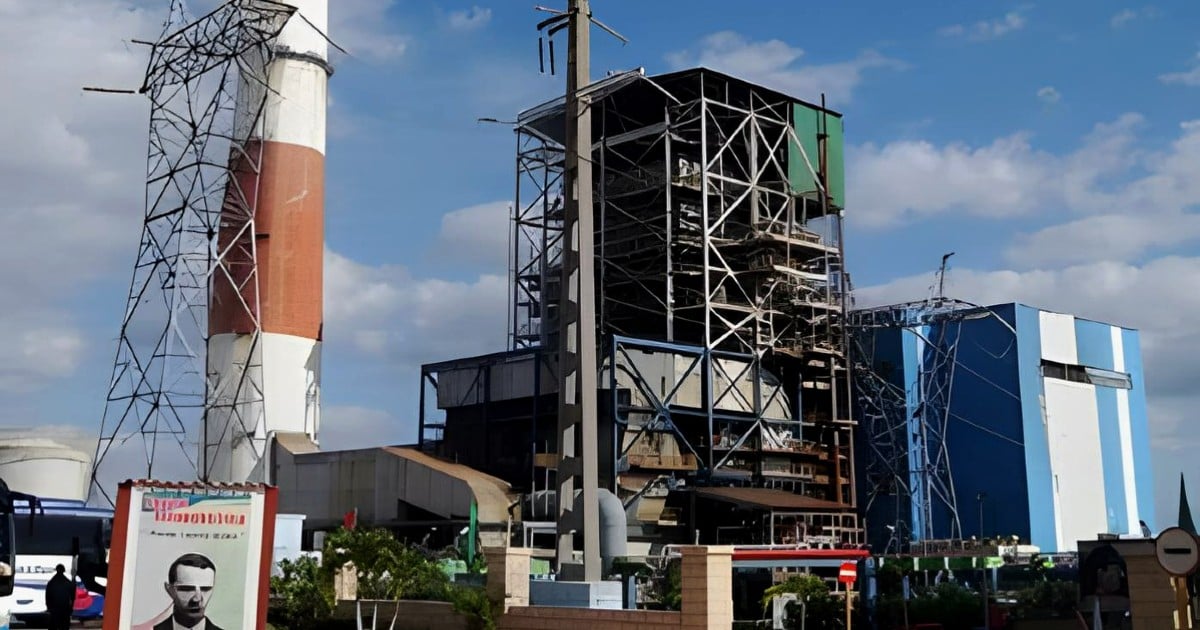
The Cuban Electric Union (UNE) has announced that today, October 27, 2024, a generation deficit of up to 870 MW is expected in the National Electric System (SEN) during peak hours at 7:20 PM. The reported generation capacity at 7:00 AM was 2,100 MW, while demand was estimated at 2,000 MW, allowing for a morning without outages. However, a deficit of 400 MW is anticipated by midday, and during the period of highest demand, the deficit could rise to 800 MW, with a maximum expected impact of 870 MW. The UNE also reported that the situation has been worsened by breakdowns at the CTE Santa Cruz, CTE Cienfuegos, and CTE Felton plants, as well as a lack of fuel affecting 62 distributed generation plants, resulting in a total of 335 MW out of service.
Real Deficit of October 26 vs. Forecast
Yesterday, October 26, 2024, the UNE had forecasted a deficit of 900 MW during peak hours, with a maximum impact of 970 MW. However, the actual impact exceeded expectations, reaching a peak of 1,007 MW at 7:40 PM. The generation availability for that day was 1,920 MW, against a demand of 2,100 MW, which created a deficit of 265 MW early in the morning, also affecting the power supply in various provinces. The accumulated deficit was due to persistent failures in the main thermal generation plants and the lack of recovery of critical units, resulting in a thermal generation limitation of 498 MW.
The difference between the forecast and reality highlights the challenges faced by the UNE in stabilizing the country's electrical system. Despite expectations, the constantly deteriorating infrastructure and adverse conditions, such as the impact of Hurricane Oscar in Guantánamo, have contributed to a greater disruption than anticipated.
Evolution of the Energy Crisis in Recent Days
Since October 23, 2024, the energy crisis in Cuba has maintained a significant deficit pattern in electricity generation. On October 23, the UNE synchronized the SEN after a total collapse that had left the country without electricity for five days, but the situation remained critical. More than 11,000 children in Matanzas were left without milk due to the inability to refrigerate the product, while several municipalities in Guantánamo remained without electricity following Hurricane Oscar.
On October 24, the UNE reported a generation deficit that reached 1,245 MW during peak hours, with extensive outages across the island. Generation capacity was insufficient despite efforts to restore supply. In Havana, emergency blackouts occurred for several hours throughout the day, causing discontent among the population.
By October 25, the forecast from UNE indicated a deficit of 876 MW, but the actual impact rose to 946 MW. Breakdowns in key units, along with a lack of fuel, led to unplanned outages in several regions, affecting the daily lives of Cubans. The limitations in thermal generation and the lack of maintenance at critical plants continued to worsen the situation.
Since theA total collapse of the electrical system shook Cuba.On October 18, 2024, the daily life of Cubans has been significantly affected by prolonged blackouts. In provinces like Matanzas, the lack of electricity has impacted the distribution of basic food items, while in...In Santiago de Cuba and Guantánamo, citizens are facing a shortage of essential resources such as liquefied gas.It seems that no text was provided for translation. Please share the text you would like me to translate, and I will be happy to assist you!
The "normalization" of the electricity generation deficit, with planned outages reaching 1,000 MW daily, has been met with skepticism and discontent by an exhausted population. The collapse of the system has exposed the structural weaknesses of Cuba's electrical infrastructure, which relies on thermoelectric plants that are frequently out of order and on distributed generation hampered by fuel shortages.
The protests and demonstrations in places like Manicaragua and Santiago de Cuba, where citizens have taken to the streets to demand the restoration of electricity services, reflect the growing discontent with the government's inaction. At the same time, public figures and activists have denounced the situation on social media, amplifying the call for change and effective solutions to a crisis that shows no signs of improvement.
Meanwhile, the Cuban government has attempted to justify the situation with arguments about the U.S. embargo, although economists and experts point out that the crisis is the result of a lack of investment in critical infrastructure and poor planning. The reality for Cubans is the ongoing experience of a life marked by energy uncertainty and the struggle to adapt to an increasingly precarious scenario.
This context highlights how the Cuban electrical system continues to face significant challenges in stabilizing supply, while power outages have become a constant in the lives of millions of people on the island.
What do you think?
COMMENTFiled under: